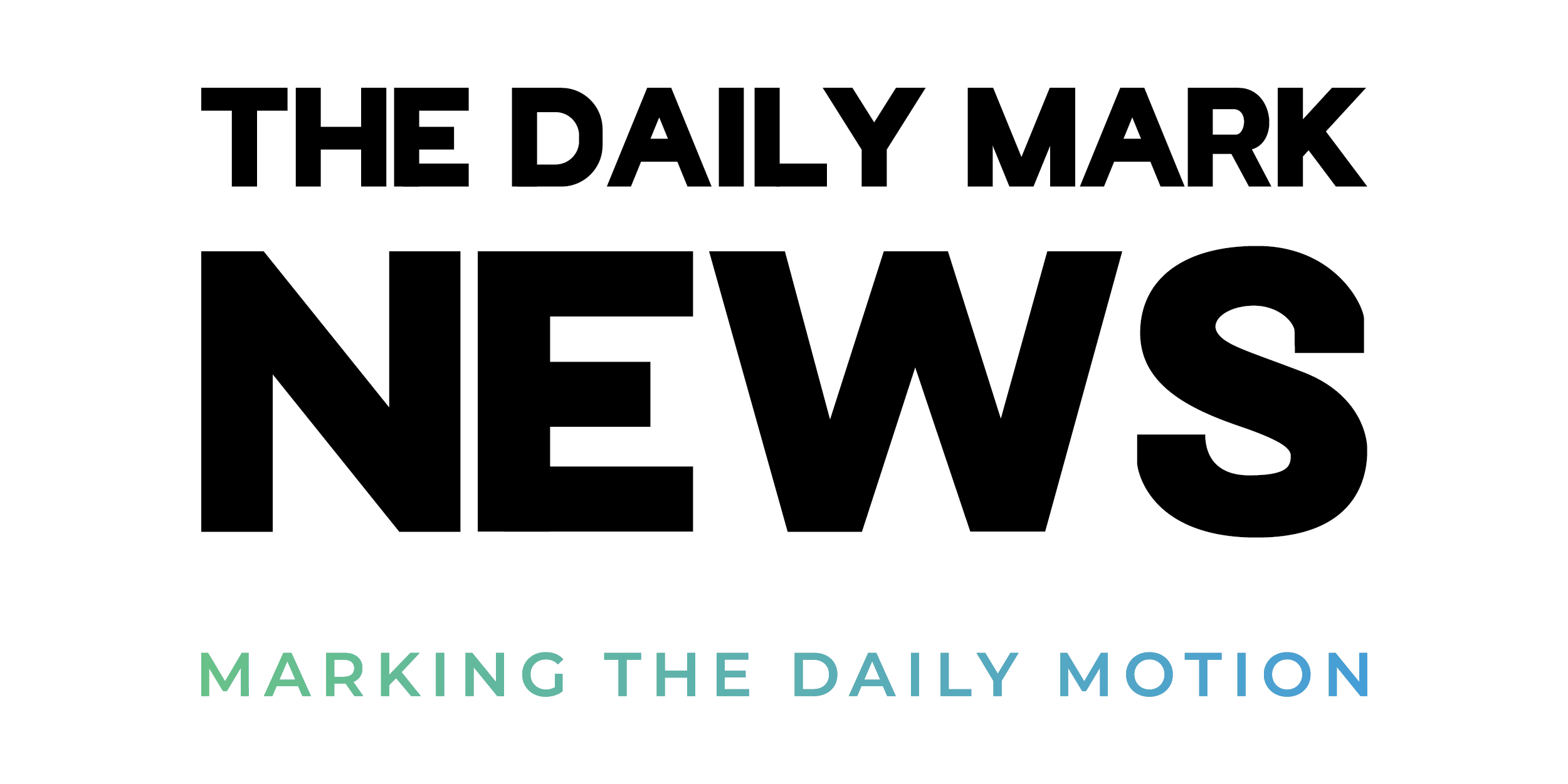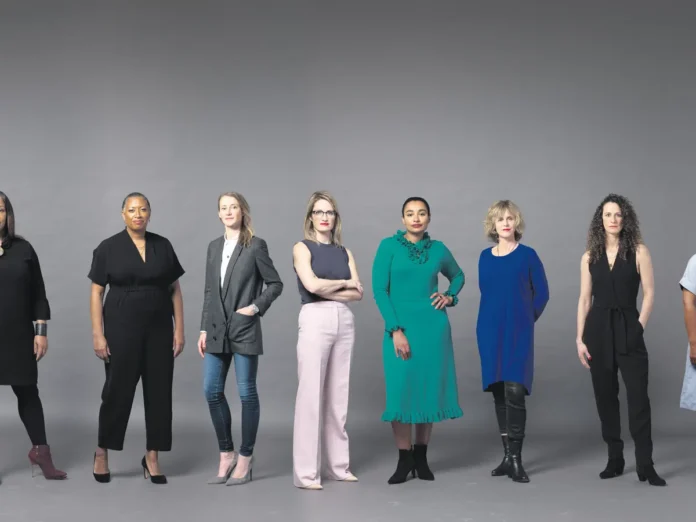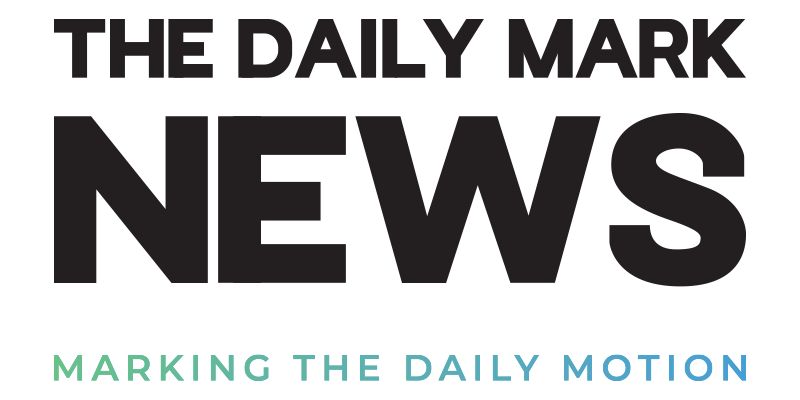Many media workers from diverse backgrounds face harassment and abuse, a new study has found. A review of data from this study shows that discrimination and harassment against Indigenous, culturally and linguistically diverse and disabled journalists, as well as those who identify as queer or transgender, is on the rise. This type of discrimination is more common online, but it also happens inside the newsroom.
A new report by Media Diversity Australia mentions a disparaging comment.
According to the report, a senior white editor was surprised to see a journalist of Asian background working on a computer and asked, ‘Have you finished cleaning the toilet?’
This incident is just one example of data collected on behalf of the MDA by researchers from Griffith and Macquarie Universities about the discrimination and harassment journalists and media workers face inside the newsroom.
Mariam Weijedah is the CEO of Media Diversity Australia. He said, “Journalists from minority groups face discrimination not only online but also at work.”
Karen Percy is president of the Media and Entertainment Arts Alliance, or MEAA, which serves as a union for journalists and media workers.
Such behavior, he said, raises fundamental questions about accountability within newsrooms — just as media organizations try to hold other organizations accountable for the news they deliver.
“Behaving like this is against the law,” he said.
However, this kind of harassment and discrimination is seen in the most serious and widespread form in the online media.
Mariam Weijedah added, “85 percent of journalists from First Nations, culturally diverse backgrounds, and LGBTIQ communities experience personal or professional harassment.”
Author and disability rights advocate Carly Findall has experienced online discrimination herself.
Carly said there are people who have taken this attack beyond online. This report also states that such incidents are happening to a small but significant section of media workers.
Karen Percy said MEAA’s own previous study, in conjunction with Gender Equity Victoria, cited the findings of their review. It also shows that such discriminatory tendencies are not decreasing.
However, there is no clear outline of accountability for this type of oppression.
More worryingly, controversial editorial decisions to bring back banned accounts, widely publicized on mediums such as Twitter, have made it more difficult to reduce the recurrence of such incidents.
Even within the media institutions themselves there are various barriers.
In many cases, media workers are expected to ‘keep their heads up’ and keep their heads down, as being subjected to such comments and trolling is part of their job.
But Karen Percy says that’s not enough. Everyone needs to do more together to curb this trend.
Organizations such as Media Diversity Australia regularly monitor how journalists are doing in the media world.
Mariam Veijedah said their presence is very important. So, more research can be done on this in future.





